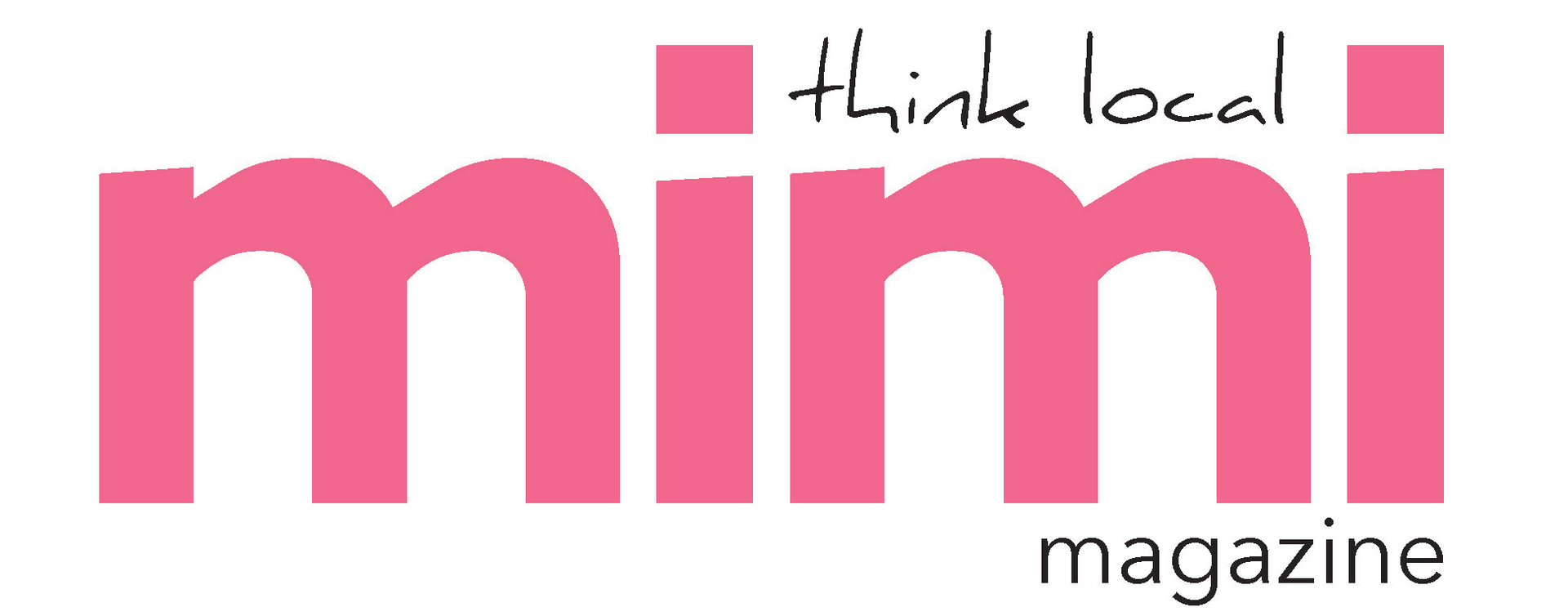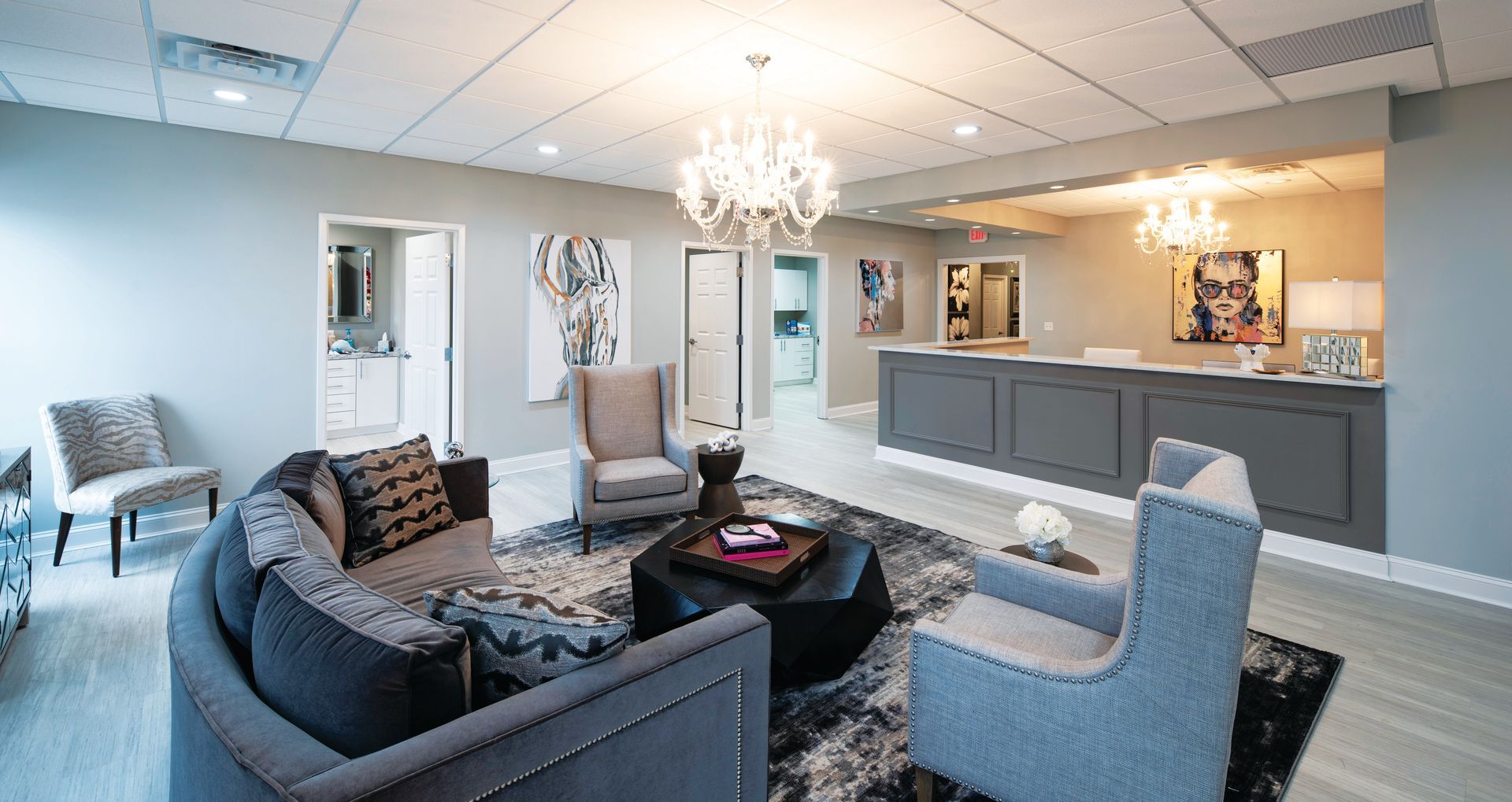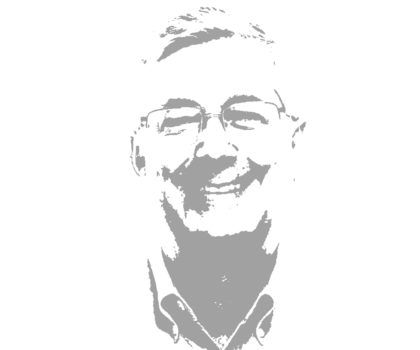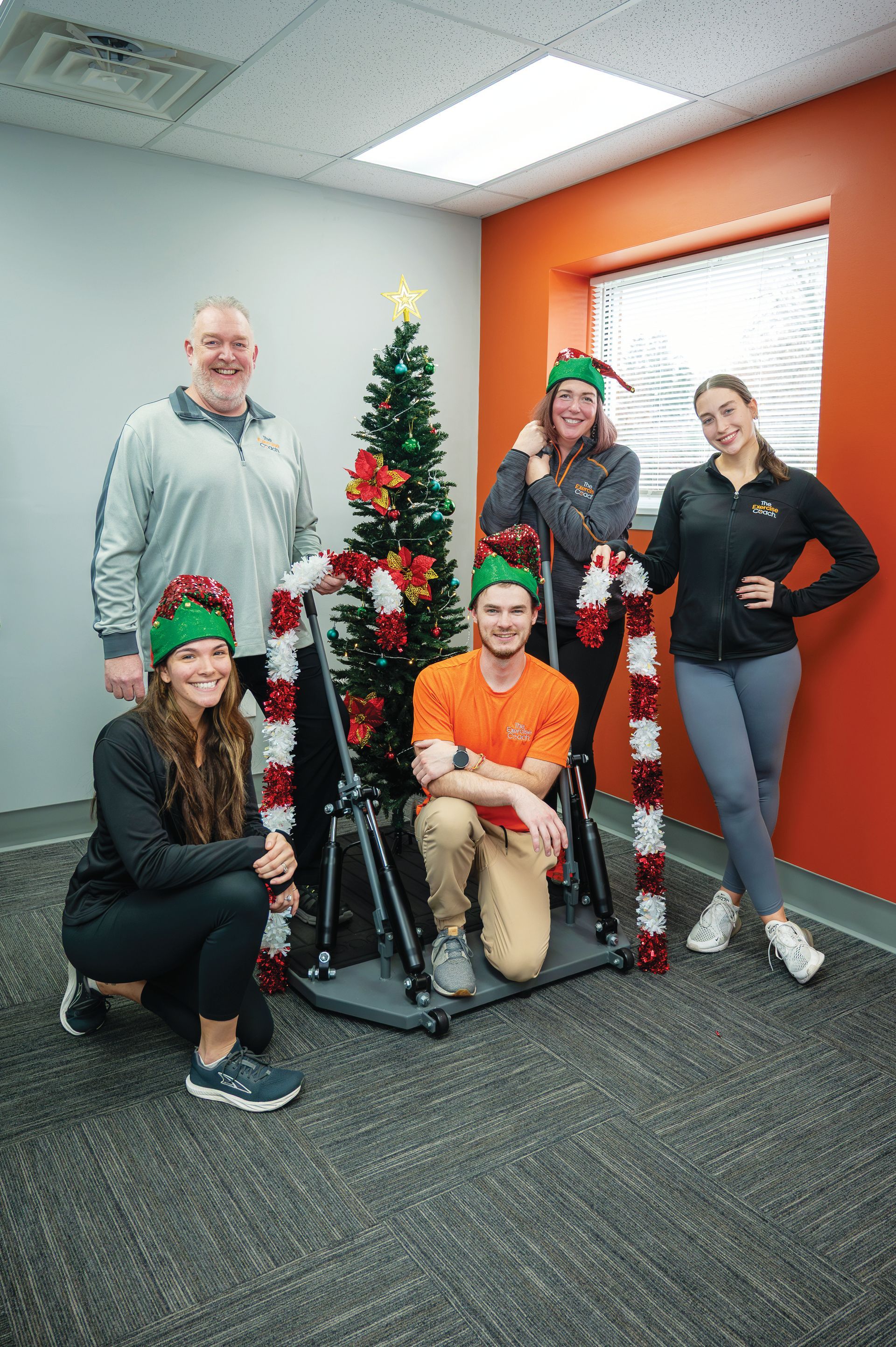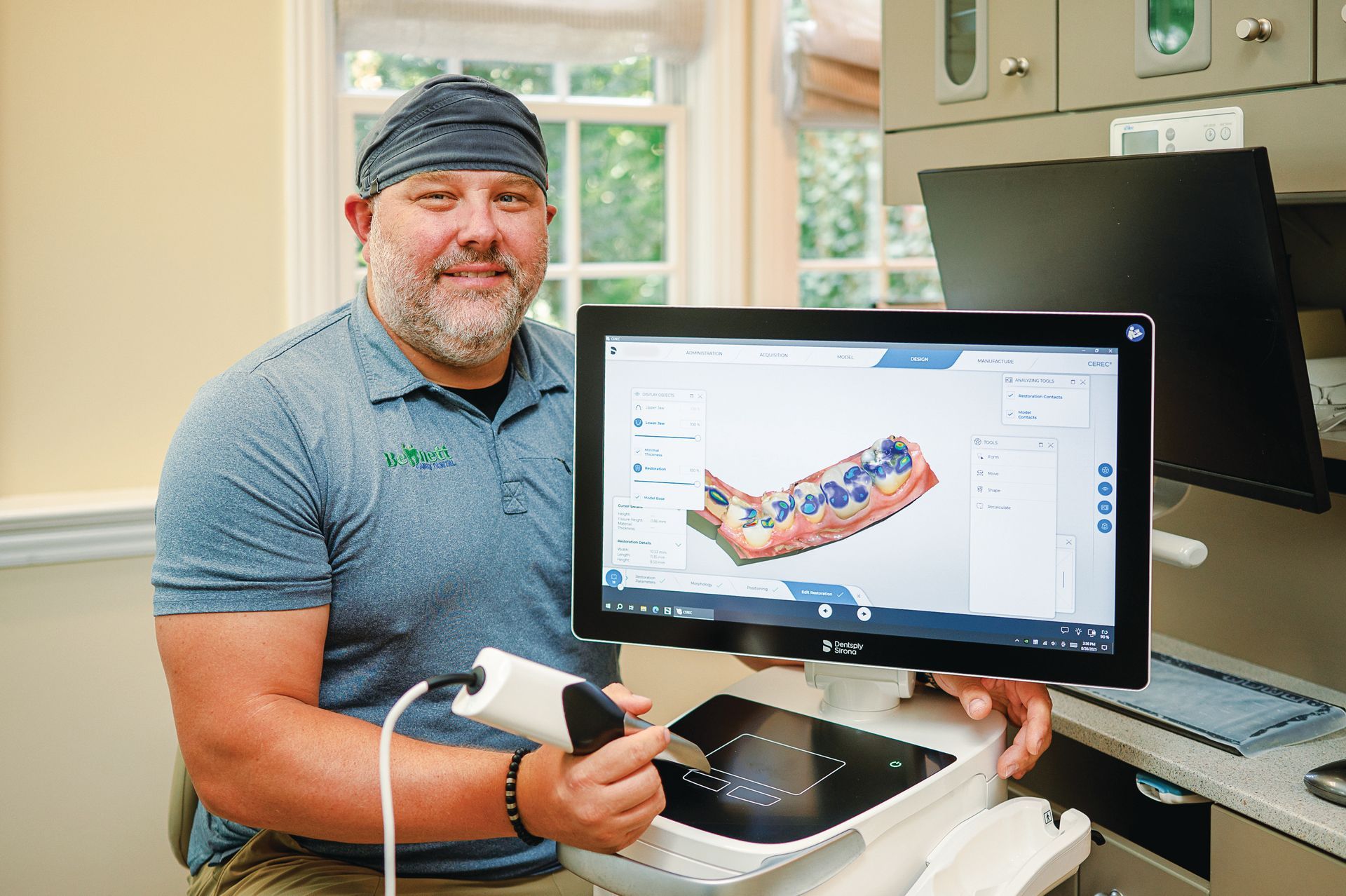The deadliest stroke
Most people are familiar with strokes from blockage, but there is a deadlier kind that everyone should be aware of.
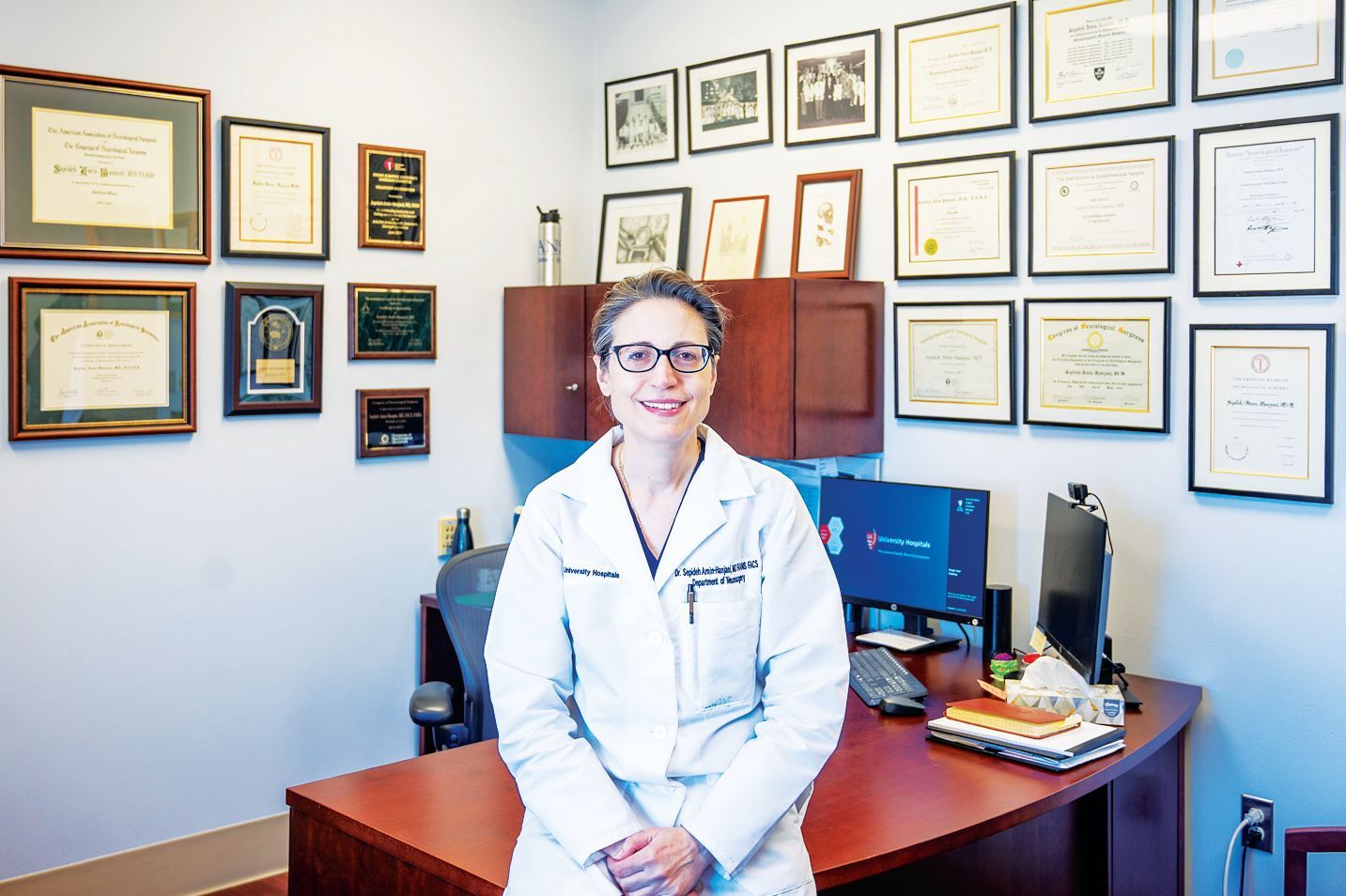
Sepideh Amin-Hanjani, MD, is a board-certified neurosurgeon and director of cerebrovascular and skull base surgery at University Hospitals. She is lauded for both her stroke prevention efforts and surgical strategies for treating vascular conditions of the brain.
During Stroke Awareness Month this May, University Hospitals is bringing attention to a lesser-known type of stroke, hemorrhagic stroke caused by brain aneurysms.
Though many are aware of the symptoms of an ischemic stroke (caused by a blockage), such as face drooping, numbness on one side of body and slurred speech, a hemorrhagic stroke (caused by bleeding) can result in sudden headache or loss of consciousness without warning.
“While it is less common, a hemorrhagic stroke is one of the more severe types of strokes, and the most severe is caused by bleeding from a ruptured brain aneurysm,” says Sepideh Amin-Hanjani, MD, a board-certified neurosurgeon and director of cerebrovascular and skull base surgery at University Hospitals. “Hemorrhagic stroke from a brain aneurysm generally has high severity and poor outcomes. It is fatal in as many as 50% of cases and only about one-third of survivors return to normal lives and neurological function. This is why it is so important to identify aneurysms early, before they bleed, monitor them and potentially treat them.”
Surprisingly, one in 50 Americans has an unruptured brain aneurysm—a bulge or ballooning in the wall of a blood vessel—but only a small percentage of those will rupture and potentially lead to a hemorrhagic stroke. “In the United States, there are about 30,000 brain aneurysms a year that will rupture out of the few million who have aneurysms,” Dr. Amin-Hanjani says.
“The risk of having an aneurysm rupture and bleed during someone’s lifetime depends on certain risk factors, particularly high blood pressure and smoking, as well as a family history ” she says. “For patients with a strong family history, we recommend screening with a noninvasive test.”
Performed without the use of radiation, a Magnetic Resonance Angiography is a type of MRI that looks at the brain’s blood vessels. This screening helps identify aneurysms and the size, shape and location, so physicians can evaluate the risk to determine if it just needs to be monitored or treated with surgery or endovascular therapy.
There are not many symptoms warning of an impending brain aneurysm rupture. The first warning sign of bleeding from an aneurysm is often a severe and sudden headache that feels like the “worst of life,” or what is referred to as a thunderclap headache. Any patient experiencing this type of headache should seek emergency care.
“Aneurysms tend to increase in incidence as we get older,” Dr. Amin-Hanjani says. “And they are more prevalent in women, especially after menopause.”
Lauded for both her stroke prevention efforts and surgical strategies for treating vascular conditions of the brain, Dr. Amin-Hanjani received her medical degree at Harvard Medical School and completed neurosurgery residency training at the Massachusetts General Hospital followed by a cerebrovascular and skull base fellowship at the Barrow Neurological Institute in Phoenix, Arizona. She now serves as vice chair of neurological surgery at University Hospitals.
“University Hospitals is actively involved in brain aneurysm research to find out what causes them to form and what causes them to bleed,” she says. “And we are bringing awareness to aneurysms by educating the public in hopes of preventing hemorrhagic strokes.”
For more information, call 216-384-7735 or visit UHhospitals.org/StrokeRisk.
Free Stroke Screening
The best way to prevent a stroke is to know your risk factors, such as high blood pressure, high cholesterol, elevated blood sugar, smoking, sedentary lifestyle and family history. Find out if you are at risk for a stroke at this free stroke risk assessment.
Find out if you are at rish for a stroke with this risk assessment.
Friday, May 16:11 a.m. – 2 p.m.
UH Brunner Sanden Deitrick Wellness Center
8655 Market Street in Mentor
Tuesday, May 20: 8 a.m. – 10 a.m.
UH St. John
Medical Center
29000 Center Ridge Road in Westlake
Wednesday, May 21: 10 a.m. – 1 p.m.
UH Ahuja Medical Center is hosting screening at
Solon Recreation Center
35000 Portz Parkway in Solon
Stroke 101 Virtual Health Talk
More than 80% of strokes are preventable, so discover how to lower your risk. Join Dr. Amanda Opaskar, Vascular Neurologist, UH Neurological Institute, at University Hospitals, for a webinar to learn the signs and symptoms of strokes, along with lifestyle changes you can make to control the health conditions that raise your risk for stroke. The event is free, but registration required.
Recent Posts
RELATED ARTICLES
